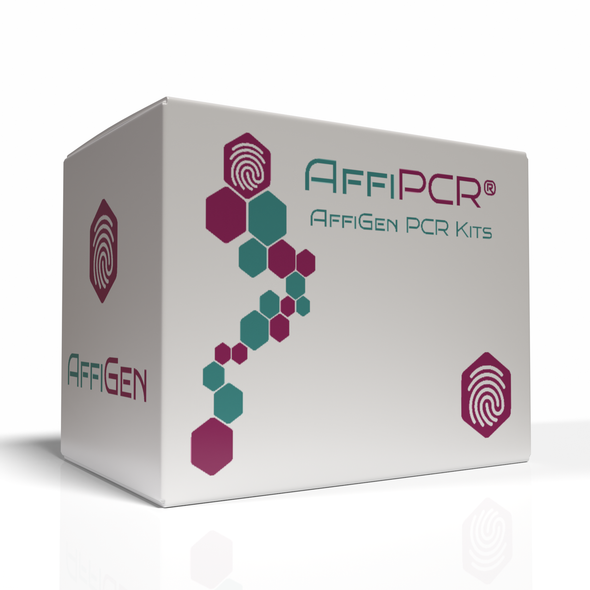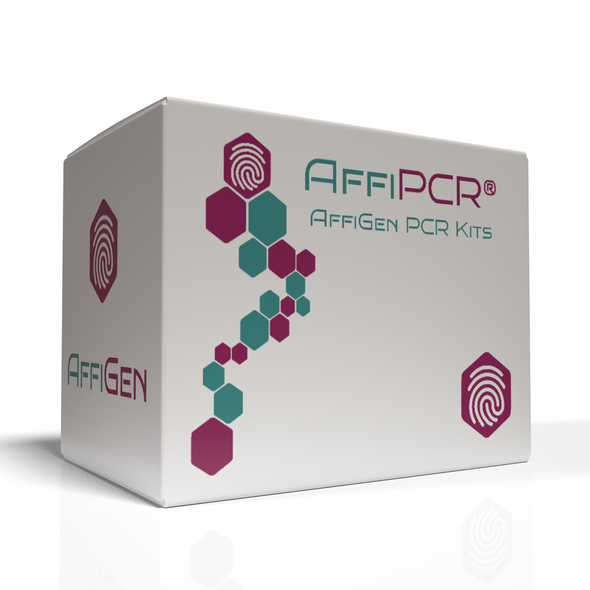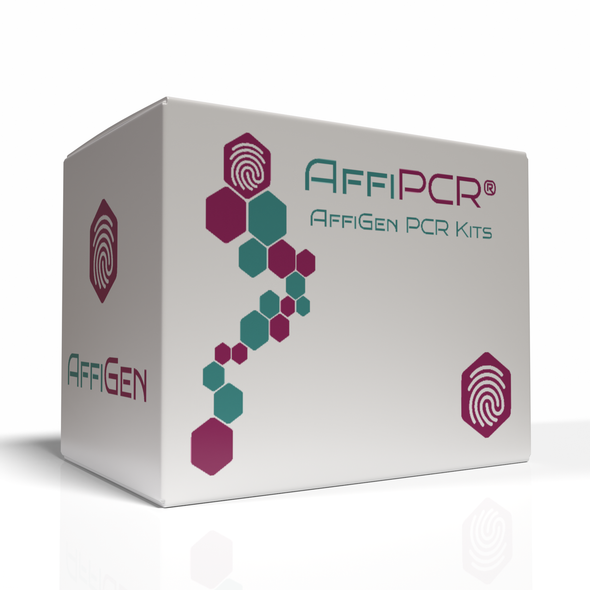Description
AffiPCR® ARVI Screening Real Time PCR | AFG-SCC-077 | AFFIGEN
Description: Real Time PCR test for detection of Acute Resipatory viral infectionsTarget Disease Type: Respiratory Infections
Specific Application: Acute Respiratory Viral Infections
Storage and Shipping : 4 weeks
ARVI Screen RT-PCR (CE) V57-100FRT DataSheet
INTRODUCTION
Most acute respiratory diseases are viral infections. Acute respiratory viral infections (ARVI) are the most frequent illnesses experienced by most people globally. Young children have between five and seven of these illnesses per year, with a general decrease in frequency with increasing age. Adults will have about two such illnesses per year.
A wide variety of viruses, containing both RNA and DNA, cause acute respiratory infections. The most important viruses are rhinoviruses, coronaviruses, parainfluenza viruses, respiratory syncytial virus, adenoviruses, metapneumoviruses.
Rhinoviruses are the most frequent cause of the common cold. They circulate all year and are the major cause for the major autumn increase in respiratory illness. Multiple types of virus cause this rhinovirus outbreak, which is different from the typical outbreak of an infectious disease, in which only one viral type is responsible. Coronaviruses are also important agents of the common cold. Scientists have had difficulty in the laboratory working with these viruses, and the usual methods of virus detection have not yielded complete results. There are at least two major types of coronaviruses, each of which appears to occur over a limited period of time, usually in winter and spring.
There are four types of parainfluenza viruses. Parainfluenza type 4 is an agent that is sporadic in occurrence, producing little more than the common cold. As such, its activity is rarely described except when the virus is encountered as part of a comprehensive investigation in which a variety of different agents are sought. In contrast, whenever the severe respiratory illnesses causing hospitalization of young children are studied, parainfluenza types 1, 2, and 3, and RSV, are identified. Both types 1 and 2 most typically cause laryngotracheobronchitis, more commonly called croup. First infection with these viruses is essentially universal by three to four years of age, and, based on the number of infants and young children requiring medical attention, it can be estimated that well over 10 percent of children first encountering these viruses require medical attention specific for this syndrome. Like all respiratory viruses, these agents reinfect repeatedly throughout life, with later infections becoming milder or asymptomatic. Parainfluenza type 3 does not produce this syndrome, but rather one of pneumonia, often with features of obstruction. Again, first infection is universal at an early age, but only occasionally results in the most severe of the potential manifestations of the disease. Reinfection with or without symptoms also recurs throughout life.
INTENDED USE
ARVI Screen Real-TM PCR kit is an in vitro nucleic acid amplification test for multiplex detection and identification of specific nucleic acid fragments of pathogens that cause acute respiratory viral infections– human Respiratory Syncytial virus (hRSV) RNA; human Metapneumovirus (hMpv) RNA; human Parainfluenza virus-1-4 (hPiv) RNA; ОС43, Е229, NL63, and HKU 1 human Coronavirus (hCov) RNA; human Rhinovirus (hRv) RNA; human B, C, and E Adenovirus (hAdv) DNA; and human Bocavirus (hBov) DNA – in the clinical material (nasal and oropharyngeal swabs, sputum, aspirate of trachea, bronchoalveolar lavage, bronchial washing fluid, and autopsy material) by using Real-time PCR detection.
PRINCIPLE OF ASSAY
Kit ARVI Screen Real-TM is based on three major processes: isolation of RNA/DNA from specimens, reverse transcription of the RNA and multiplex Real Time amplification of 5 tubes for each sample. Each tube contains primers directed against regions of ARVI and Internal Control (IC) which serves as an amplification control for each individually processed specimen and to identify possible reaction inhibition.








